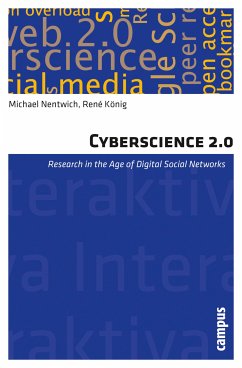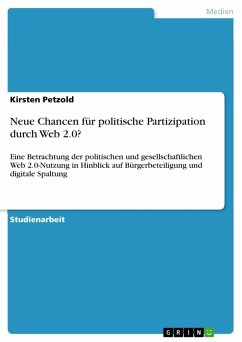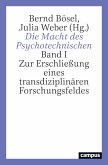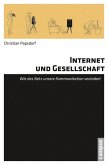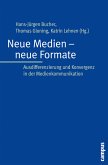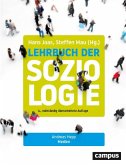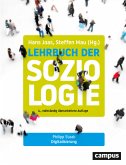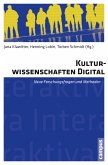Das Internet mit seinen Potenzialen an digitaler Vernetzung, Publikationsmöglichkeiten und Kommunikationsformen verändert die Forschung und ihre Ergebnisse nachhaltig. Wissenschaftler und Wissenschaftlerinnen twittern und bloggen, arbeiten in spezialisierten digitalen Netzwerken zusammen und nutzen Wikipedia. Zugleich dringen große Internetakteure wie etwa Google immer mehr in den akademischen Sektor ein. Das Buch analysiert die aktuellen technisch-sozialen Entwicklungen im Internet sowie ihre Auswirkungen auf die Arbeit von Wissenschaftlern.
Dieser Download kann aus rechtlichen Gründen nur mit Rechnungsadresse in A, B, BG, CY, CZ, D, DK, EW, E, FIN, F, GR, HR, H, IRL, I, LT, L, LR, M, NL, PL, P, R, S, SLO, SK ausgeliefert werden.

